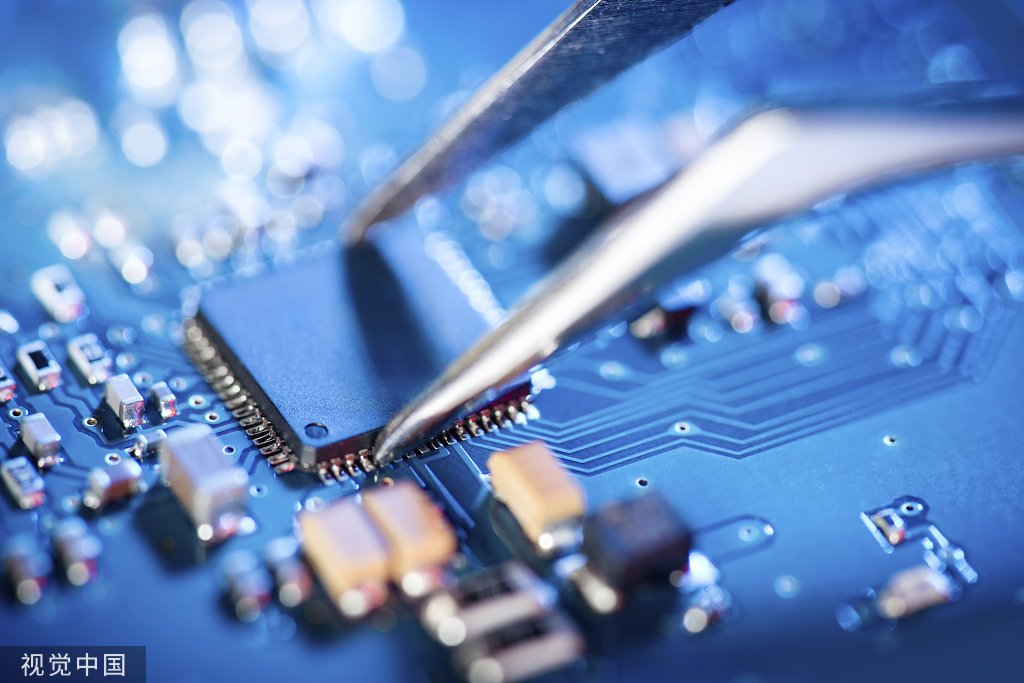Introduction
Printed Circuit Board (PCB) production is a complex process that demands accuracy and precision from design to completion. Prototyping plays an essential role in this process, acting as a crucial bridge between concept and full-scale manufacturing. Emphasized by industry leaders like Arisentec, which specializes in comprehensive PCB design services and quick turn PCB prototypes, prototyping is critical for ensuring high-quality outputs in PCB production.
Prototyping is indispensable for any PCB project, no matter its complexity. It provides a practical platform for testing and refining designs, which is crucial for maintaining quality and reliability in final products. This stage is especially vital for companies aiming to rank among the best PCB manufacturers or excel in flex PCB manufacturing, as it ensures each product meets stringent standards.
Benefit 1: Error Detection and Correction
Prototyping primarily enables the early detection and resolution of potential errors in PCB designs. This phase allows for the real-world testing of PCBs, where design flaws become apparent and can be addressed before mass production. For instance, a flex PCB manufacturer can utilize prototypes to assess the endurance of PCBs under various physical conditions, ensuring their functionality is up to par.
Additionally, prototyping facilitates enhancements in PCB layout services by allowing for iterative adjustments based on testing results. This proactive approach not only reduces the likelihood of costly reworks but also ensures the product meets all technical requirements. This careful refinement process is crucial for maintaining the reputation of top PCB manufacturers and ensures that products are both functional and reliable.
Benefit 2: Performance Optimization
Through prototyping, PCB designs undergo thorough testing and optimization, which is vital for ensuring that they perform optimally in their final form. This includes adjusting the placement of components and the configuration of circuits to minimize signal interference and maximize operational efficiency. For example, in PCB assembly, such optimizations are critical for achieving high-performance standards in consumer electronics and advanced technologies.
This stage of development is backed by quantitative analysis, where changes in performance metrics can be measured and validated. For instance, enhancements in signal integrity or power efficiency are quantified through specific testing protocols, providing clear evidence of improvements. These tangible enhancements not only boost the performance of the PCB but also ensure the end product meets the stringent requirements of specialized applications.
Benefit 3: Cost Efficiency
The financial benefits of prototyping are significant, especially in reducing the costs associated with full-scale production errors. By identifying design flaws and performance issues during the prototyping stage, companies can avoid expensive post-production corrections. This is particularly relevant in printed circuit board assembly and turnkey PCB assembly, where the complexity of integrating various components can magnify the cost implications of any oversights.
Moreover, strategic use of resources during prototyping, as practiced by companies like Arisentec, helps refine production techniques, minimizing waste and optimizing material usage. This not only reduces production costs but also enhances the overall sustainability of the manufacturing process. Investing in detailed prototyping is thus seen as a prudent financial decision that pays dividends in reducing overall project costs and enhancing customer satisfaction.
Case Studies in Technological Advances in Prototyping
Recent technological advancements have significantly refined the PCB prototyping process, enhancing efficiency, precision, and speed. Innovations such as 3D printing, automated testing equipment, and digital manufacturing techniques have revolutionized prototype development, as demonstrated by the following case studies:
1. Rapid Laser Prototyping with LPKF ProtoLaser S:
– University of Washington’s CubeSat Project: Utilizing LPKF ProtoLaser S, students were able to directly prototype from CAD data, speeding up the development of complex RF communication modules for small satellites. This technology enabled rapid iterations essential for the stringent timelines and technical demands of aerospace applications.
2. Digital Manufacturing in Automotive Development:
– Bochum University’s SolarCar Project: This project utilized digital manufacturing to create sophisticated PCBs with extensive plated through-holes efficiently. The technology enabled rapid prototyping of large complex boards, critical for the reliability and regulatory approval of solar-powered vehicles designed for road use.
3. In-House PCB Fabrication Enhancing Research and Development:
– Technical University of Moldova’s Microsatellite Systems: By integrating an LPKF ProtoMat S103 in their lab, the university facilitated the in-house production of high-precision, complex PCBs. This capability significantly reduced dependency on external manufacturers, increased project flexibility, and shortened development cycles for their satellite projects.
These advancements are further supported by sophisticated software tools. CAD (Computer-Aided Design) software has evolved, enabling more precise and complex PCB designs. These tools facilitate rapid iterations based on testing feedback, which significantly cuts down development cycles. Additionally, simulation software now can predict PCB performance under various operational stresses, reducing the reliance on multiple physical prototypes.
Automation has also made a substantial impact on prototyping efficiency. Automated testing rigs can swiftly and accurately assess PCB functionality and reliability, speeding up the prototyping phase. Robotics in assembly for prototyping not only accelerates the process but also reduces human error, ensuring higher quality prototypes.
Conclusion
In summary, PCB prototyping is a fundamental part of the production process, crucial for error correction, performance optimization, and cost efficiency. Industry leaders like Arisentec underscore the importance of robust prototyping practices as integral to producing high-quality PCBs. Embracing comprehensive prototyping strategies is essential for any company aiming to be recognized as a top PCB manufacturer, ensuring their products are not only effective but also economically viable and reliable.
Choosing the Right Wires for Breadboard Wiring: A Comprehensive Guide
Breadboards are a staple in electronic circuit building, offering flexibility and ease of use for both beginners and professionals. However, one of the most critical aspects of working with breadboards is selecting the right wires. The wires you choose can impact not only the functionality of your circuit but also its longevity and ease of…
How to Improve Heat Dissipation in PCB Design
Introduction As modern electronic devices become more complex and power-dense, heat dissipation has emerged as a critical factor that directly impacts device performance and reliability. Excessive junction temperatures in electronic systems can shorten the lifespan of components and lead to system failure. Thus, optimizing the PCB (Printed Circuit Board) design to improve heat dissipation is…
Manufacturing Process of Multilayer PCBs
Multilayer PCB manufacturing methods include the plated-through hole (PTH) and high-density interconnect (HDI) methods, both achieved by combining different processes to realize the circuit board structure. Currently, the most widely used method is the PTH method, which has been developed and refined over more than half a century. The PTH method is mature in terms…


